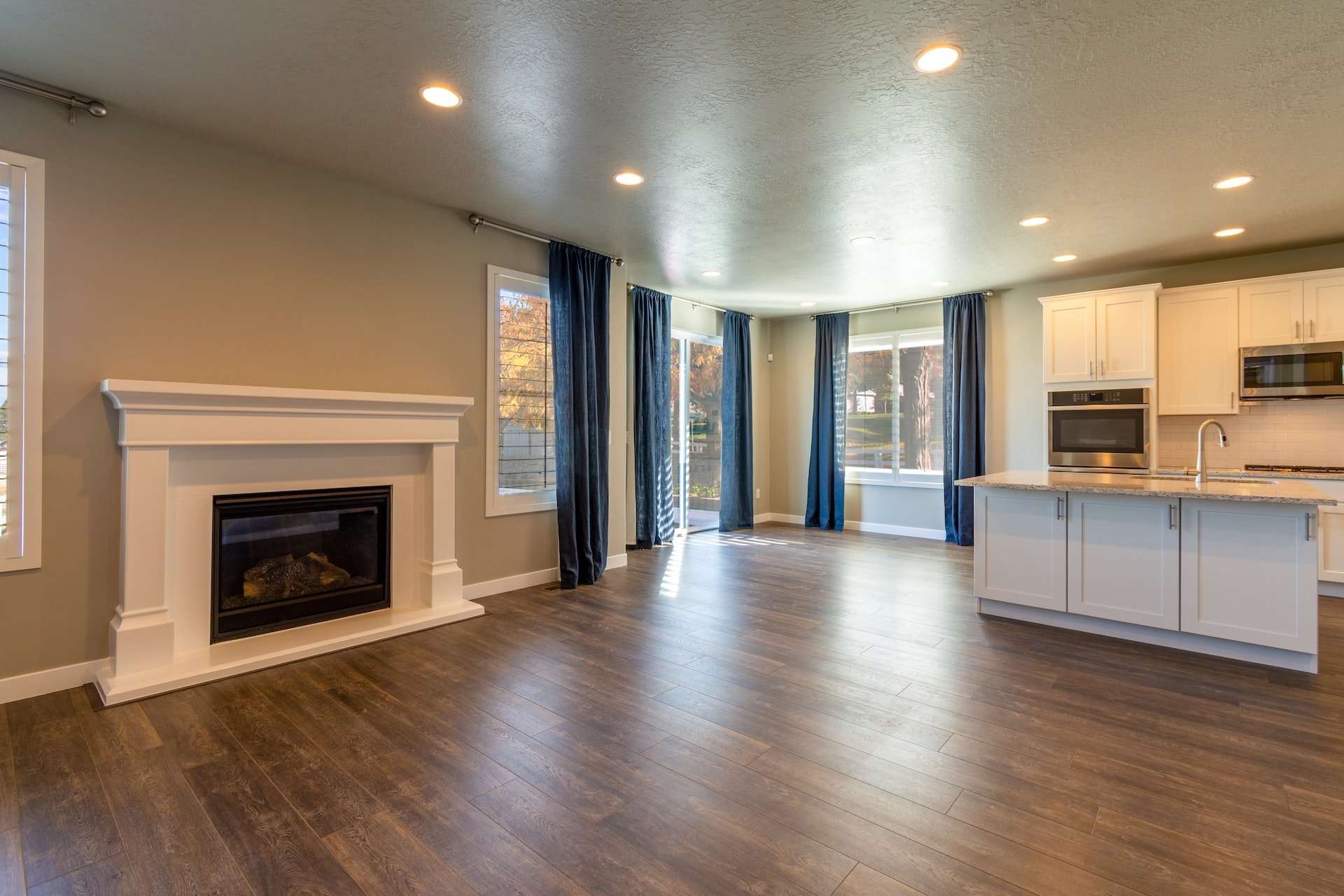Multifamily Building Classes & Types
Learn what multifamily classes from A to D are, different multifamily project and property types, and why this matters to lenders.
Many would-be investors might shy away from multifamily properties because they worry about the complexity. It’s certainly true that, as a category, commercial real estate covers a far more diverse array of properties than residential real estate. In addition to multifamily properties, commercial real estate may include retail space, office buildings, office parks, warehouses, and more.
Read more: 10 Ways to Finance Multifamily & Small Apartment Property
These types of properties often come with categories or classifications that provide investors with a snapshot of information. This article provides an overview of the different classes of multifamily residential properties. It also addresses how a property’s classification could affect its financing options, including hard money loans.
What are the main classes/types of multifamily property?
Photo by Francesco Ungaro on Pexels
First, it’s important to understand the difference and similarities between “multifamily” and “commercial” properties. As confusing as it may be, multifamily properties are normally considered “single-family residences” (not commercial properties) if they feature four or fewer units. On the other hand, if a multifamily property has five or more units, they are generally considered commercial. So, in the eyes of your lender, multifamily residential and multifamily commercial properties both exist.
The classification system for multifamily properties provides a sort of rating based on factors like the age of the building, its condition, its location, and its market value or market potential. It provides a shorthand that lets investors, lenders, and others know a bit about what to expect before they see the property for themselves.
This saves investors time by allowing them to skip properties that do not meet certain criteria, such as low value, unfavorable location, or excessive repair needs. On the other hand, some investors are looking for distressed properties with bigger flip potential.
Here are the four main classes of multifamily residential properties, along with their unique characteristics.
Class A property
Typically no more than a decade old, or has major renovations from within the past ten years
Excellent construction with high quality materials
Supports top-tier rent for its market
Attractive, stylish presentation
Often features “luxury” branding
High-end amenities
Located in a prime area, such as a city’s central business district
Class B property
No more than twenty years old, or renovated within the past two decades
Construction is of good quality, with mostly up-to-date maintenance
Middle-tier rental income
Outward appearance may be out of style
Limited amenities
Class C property
Construction or renovations within the past thirty years
Fair to good construction, with some deferred maintenance
Below mid-tier rent
Minimal or dated exterior and amenities
Class D property
More than thirty years old, with few or no renovations since
Poor to marginal construction and materials
Components nearing the end of their economic lives
Low-end rent
High tenant turnover
No amenities
Unfavorable location
Types of multifamily projects and properties
Photo by Get Lost Mike on Pexels
The class system for multifamily residential properties provides a great deal of information about the quality of a property and its potential as an investment. It’s not the only form of categorization for this type of property though. Additional categories can tell you about the nature of an investment project and provide more detail about a property.
Any multifamily property, regardless of class, can be categorized into these project and property types.
Project types
Project categories tell you about the goals of an investment and the activities that it will involve.
Core/stabilized: An investment in a multifamily property that is ready to provide steady rental income.
Value-add: A property that is producing returns, but which could be more profitable
le with renovations. The goal of this type of project could be to generate rental revenue after repairs or to boost its value with the goal of selling it, i.e. a fix-and-flip.
Opportunistic: A riskier version of a value-add project. This involves a property that has potential but requires renovations before it is ready for the market.
Ground-up development: Building a multifamily building or complex on undeveloped land.
Property types
Real estate investors should also be aware of the various types of properties that fit within the larger category of multifamily residential real estate.
Owner-occupied: This may refer to any type of property in which the owner resides.
Semi-detached house: A dwelling that shares a wall with another home, such as an apartment built on the side of a larger single-family home.
Townhouse: Homes that share walls on either side with neighboring residences.
Duplex/triplex/quadruplex: Houses or apartments that share walls, ceilings, or floors. Detached units may be part of a duplex, triplex, or quadruplex if they occupy a single lot.
Apartment complex: A complex of buildings, each of which may contain multiple dwelling units.
Apartment building: A single building, usually with multiple stories, that houses multiple dwelling units.
Apartment buildings may be further divided into the following categories:
Low-rise: One to four floors, often without an elevator.
Mid-rise: Five to eleven floors with elevators.
High-rise: Twelve or more floors with elevators.
Apartment types
Photo by Max Rahubovskiy on Pexels
Apartment complexes may feature a mix of these types of units. They can also be purchased individually as a condominium. Some lenders won’t offer financing for every type listed here. Private lenders are generally more likely to fund these types of units compared to big banks.
Read more: Private Lenders vs Banks vs Hard Money LendersDo lenders care about a property’s class and type?
Studio: Typically a single bedroom, bathroom, and kitchen, often with an open floor plan in which the bedroom, living area, and kitchen are not separated by walls.
Micro: A smaller version of a studio, commonly found in dense urban areas
Efficiency: Similar to a studio – one bed, one bath, and an open layout – but with a smaller kitchen and living area.
Loft: Large apartment with an open floor plan, often located in a converted warehouse or industrial space
Garden: A ground-floor or basement unit with a private outdoor space
Basement: A unit located below ground level
Railroad: A unit with a straight floor plan, meaning that each room leads to the next room
Walk-up: A unit located above the ground floor with no elevator access
Floor through: A unit that occupies the entire floor of a building
Penthouse: A top-floor unit that might feature extra amenities such as high ceilings, additional outdoor space, or a private elevator
Luxury: A unit with high-end location, features, and amenities. “Luxury” apartments are not well defined and the term is for marketing purposes.
Do lenders care about a property’s class and type?
Yes, lenders will consider a property’s class and type when deciding whether it’s in their best interest to finance it.
Financing class A
When evaluating a multifamily real estate project, lenders will primarily look at the property class and the project type. Different lenders will vary on what properties and projects they prefer. Core projects with Class A property might be the safest bet for rental properties, since it involves an existing property with a proven track record. However, for a fix and flip project, a Class A property may not present enough room to improve, making it not worth the time and effort to flip.
Read more: Flip Texas Properties with Capstone Capital Partners
Financing class B & C
Some lenders prefer to target borrowers financing for Class B and Class C property. With the right plan and good contractors, a borrower could turn Class B multifamily real estate into a Class A property that either produces steady rental revenue or commands a high fix-and-flip sales price. Even without an extensive overhaul, a Class B or Class C property can be a reliable income source. Hard money lenders for instance, often take on projects that seek to improve the market value of these types of properties.
Read more: How to Get a Hard Money Loan: 5 Requirements
Financing class D
Class D properties, although opportunistic, tend to be the least appealing to lenders. They often present a greater risk of loss for borrowers seeking to rent them out. The tenants may default on payments more often, and vandalism is more probable. However, certain pockets of larger cities are seeing growth in up-and-coming art districts where distressed properties still exist. If you can find an attentive lender, they’ll examine these opportunities on a case-by-case basis.
Flexibility, friendliness, and speed: what every investor needs from their lender
The hard money lenders at Capstone Capital Partners offer fast, flexible financing for Texas multifamily real estate projects. Capstone carefully considered every project and investor individually. We won’t automate your application into an immediate denial just because it doesn’t fit a cookie-cutter mold that big banks need to see.
Getting started is easy. Tell us a little bit about your project, and we’ll be in touch!



